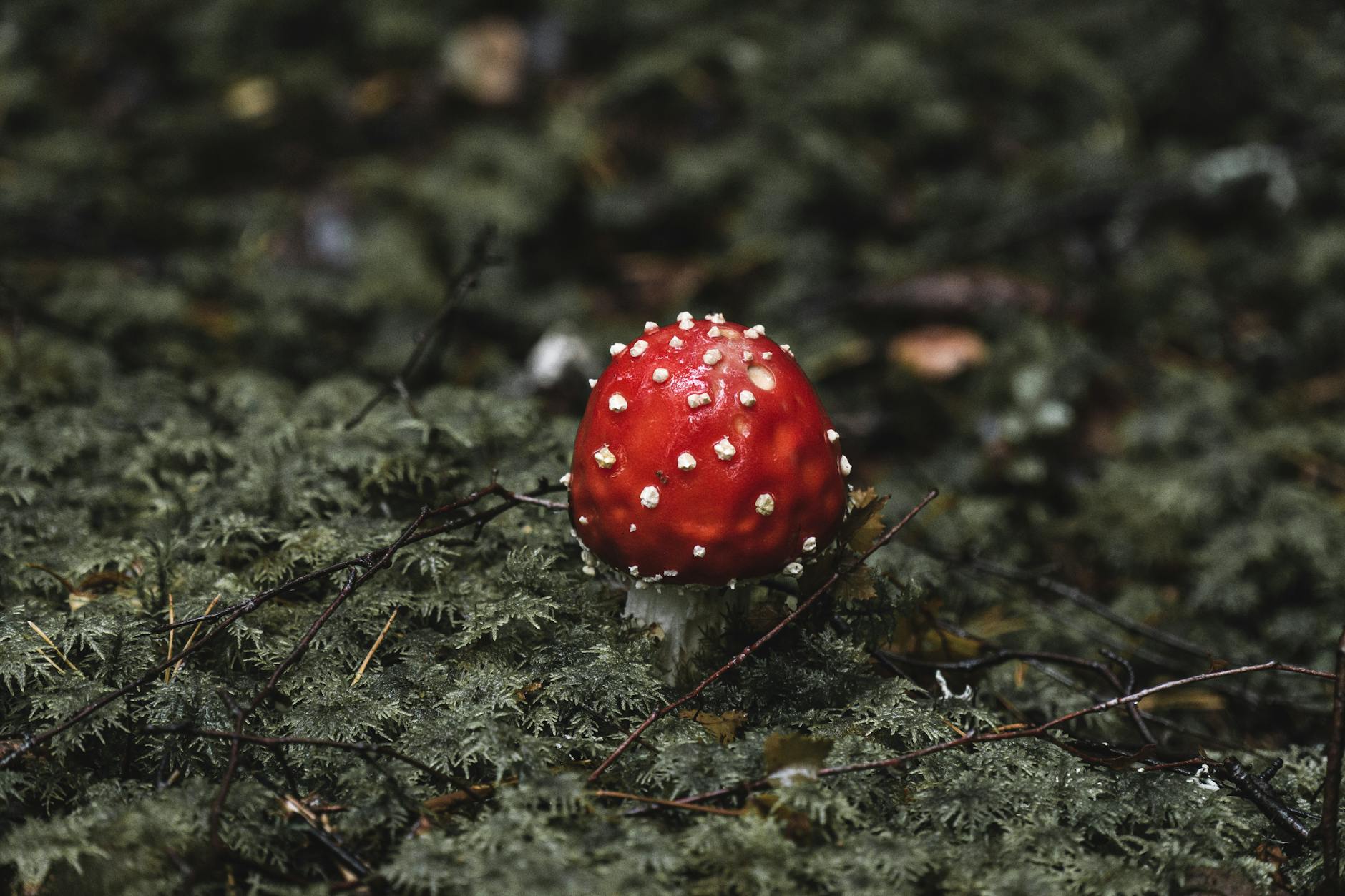Poisonous Mushrooms: Essential Tips for Safety
Mushrooms are fascinating organisms that come in a variety of shapes, sizes, and colors. While many mushrooms are safe and delicious to eat, there are also numerous species of poisonous mushrooms that can be harmful or even deadly if ingested. Foraging for wild mushrooms can be an enjoyable and rewarding pastime, but it is vital to have a good understanding of which mushrooms are safe to eat and which ones to avoid. In this article, we will discuss essential tips for staying safe when it comes to poisonous mushrooms.
Recognizing Poisonous Mushrooms
One of the most crucial aspects of mushroom foraging is being able to distinguish between edible and poisonous mushrooms. Some poisonous mushrooms closely resemble edible varieties, making it challenging for beginners to differentiate between the two. To stay safe, it is essential to educate yourself on the identifying features of both toxic and non-toxic mushrooms. Look out for warning signs such as brightly colored caps, spotty or scaly surfaces, and distinctive odors that can indicate toxicity.
Consult with Experts
If you are new to mushroom foraging, it is highly recommended to seek guidance from experienced foragers or mycologists. Joining a local mycological society or taking part in guided foraging tours can provide valuable knowledge and hands-on experience in identifying mushrooms. Experts can help you learn about the different species in your area, as well as offer tips on safe harvesting practices and proper mushroom preparation.
Know the Basics
Before heading out to forage for mushrooms, familiarize yourself with the basic rules of mushroom hunting. Always carry a field guide or mushroom identification book to help you accurately identify the species you encounter. Avoid picking mushrooms with which you are not entirely familiar and never consume any mushroom unless you are absolutely certain of its safety. When in doubt, it is best to err on the side of caution and leave the mushroom untouched.
Proper Handling and Storage
When collecting mushrooms, handle them with care to prevent bruising or damaging the delicate fungi. Use a sharp knife or scissors to cut the mushrooms at the base of the stem, leaving the roots intact to allow for regrowth. Avoid pulling mushrooms out of the ground, as this can harm the mycelium network and disrupt the ecosystem. Once collected, store mushrooms in a breathable container, such as a paper bag, to prevent them from spoiling quickly.
Educate Yourself
Continuously educate yourself about the mushrooms in your area and stay informed about any new findings or discoveries related to mushroom toxicity. Attend workshops, seminars, or online courses on mushroom identification and foraging best practices. Remember that the world of mushrooms is vast and complex, and there is always more to learn about these unique fungi.
Seek Medical Help
In the unfortunate event of mushroom poisoning, seek medical attention immediately. Do not attempt to treat poisoning at home, as some toxic mushrooms can cause severe health complications that require professional medical intervention. Bring a sample of the mushroom ingested, if possible, to help healthcare providers identify the species and provide appropriate treatment.
In conclusion, while mushroom foraging can be a rewarding experience, it is essential to prioritize safety and caution when it comes to identifying and consuming wild mushrooms. By following these essential tips and guidelines, you can enjoy the wonders of the fungi world while minimizing the risks associated with poisonous mushrooms. Remember, when in doubt, always leave it out!


